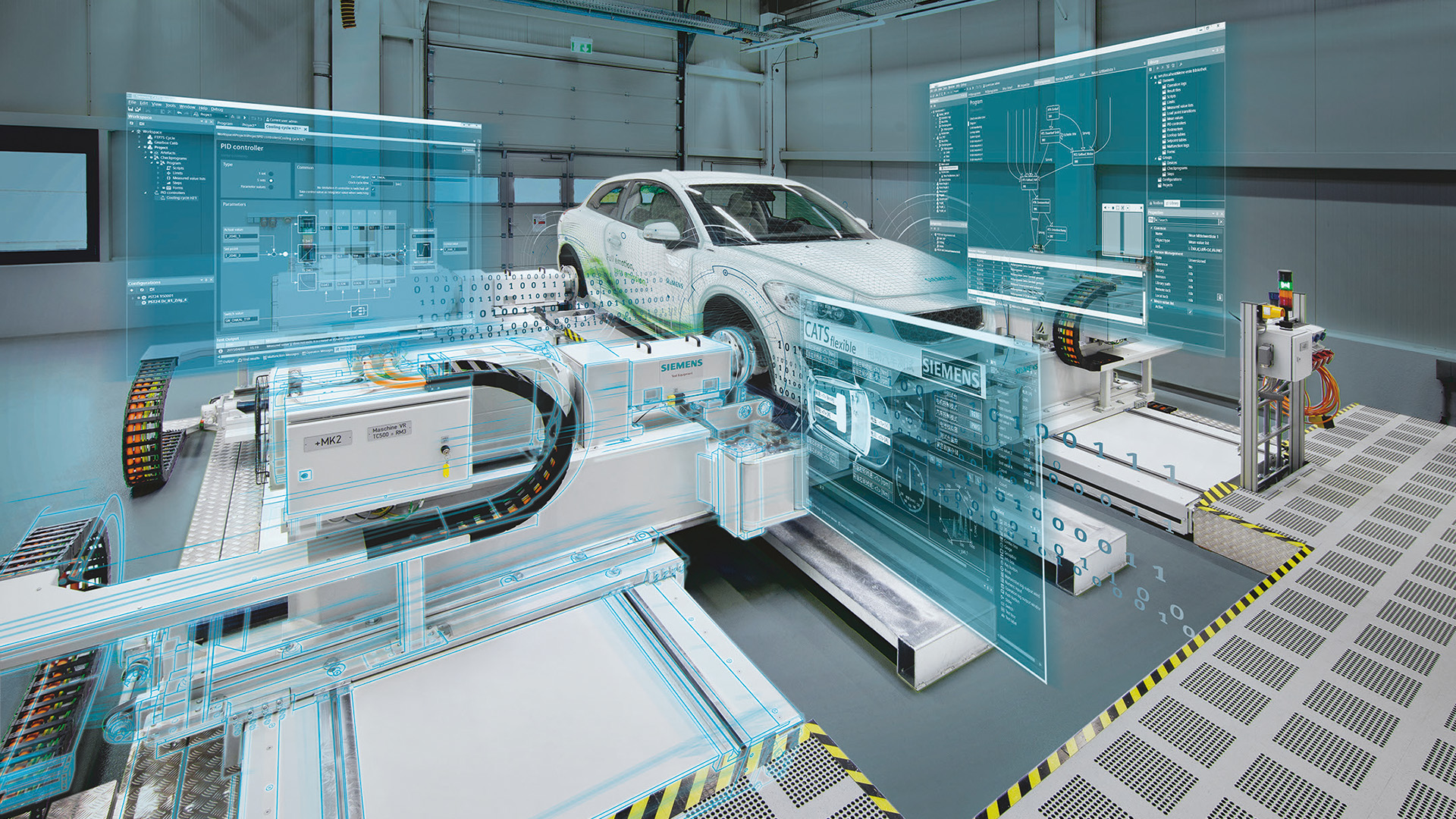How digitalization supports the software defined vehicle and the future of mobility

The automotive and transportation industries are on the precipice of a major transformation in both the products they create and how they manage the vehicle across its lifecycle. The software defined vehicle (SDV) is the first step of this transformation, laying the groundwork for further innovation in the future, notably in the form of vehicle automation and, possibly, true transportation-as-a-service business models (you can read more about the SDV in part 1, here). While great opportunity exists in the future, the road there is impeded by several obstacles. These include growing vehicle complexity, labor shortages in engineering and manufacturing roles, and a persisting unease around the resiliency of global supply chains.
It is our belief that innovation in vehicle design, production and lifetime support, and business models will enable the industry to overcome these challenges and facilitate the arrival of more efficient and exciting mobility for future customers. Digital transformation can help companies enable and accelerate innovation across departments and functions to address the pressures the immediate future and beyond. Companies that build and execute a long-term digitalization plan will evolve beyond connecting data into higher level functions such as automation of data management and eventually the closed-loop optimization of vehicle platforms, software, manufacturing, and more through generative artificial intelligence (AI) technologies.
In discussions with my colleagues at Siemens Digital Industries Software, we have begun to formalize the five major stages of digitalization: configuration, connection, automation, generative design, and closed-loop optimization.

Most automotive companies in digital transformation today are generally entrenched in the first two stages of this process of maturation. These stages are configuration, or the switch from a document-based to a model-based data framework, and connection, which focuses on breaking down siloes that isolate model-based data. These two stages vastly improve the traceability and accessibility of data throughout the organization, helping to increase process efficiency, improve engineering flexibility, and enhance results even on aggressive project timelines.
Configuration and connection represent a critical threshold of digitalization maturity for automakers as they undertake the development of the SDV. These stages lay the foundation for connected engineering of multiple vehicle domains, robust traceability and design management through software and systems engineering (SSE) methods, and the cross-domain verification and validation of vehicle systems. These capabilities will enable engineering teams to co-develop hardware, software, and mechanical systems, ensuring that the increasingly important software systems are well integrated with the rest of the vehicle, particularly in safety-critical scenarios.
However, realizing the full potential of the SDV and continuing progress towards even more advanced transportation modes will demand that manufacturers pursue higher levels of digitalization – automation, generative design, and closed-loop optimization. These stages rely on the growing power of AI to transform engineering processes, enabling each engineer to accomplish tasks that once required several.

This all begins with the automation of mundane tasks that are necessary but deliver incremental value to the products or company at large. Over time, more complex tasks will be completed automatically, eventually leading to the generation of multitudes of complete vehicle designs. This is stage 4, generative design, and it is based on the ability of AI systems to create new designs based on company data. Ultimately, companies will be able to implement this generative AI design technology in a closed-loop process of generation, evaluation, iteration, and selection of an optimized design.
An exciting future for mobility
As software defined vehicles become the norm in the automotive industry, those companies that succeed with be the ones that embrace digitalization. To be clear, the 5 stages of digital maturity are a framework to help automakers determine their path as they look to the future of vehicle development, manufacturing, and support. Details will change from company-to-company, and the steps taken to overcome acute pressures will vary. Yet, we are confident that automotive and transportation companies that embrace a holistic and long-term digitalization journey will overcome the roadblocks on the immediate horizon and establish a strong foundation for future endeavors in smart, connected, and automated vehicles.


